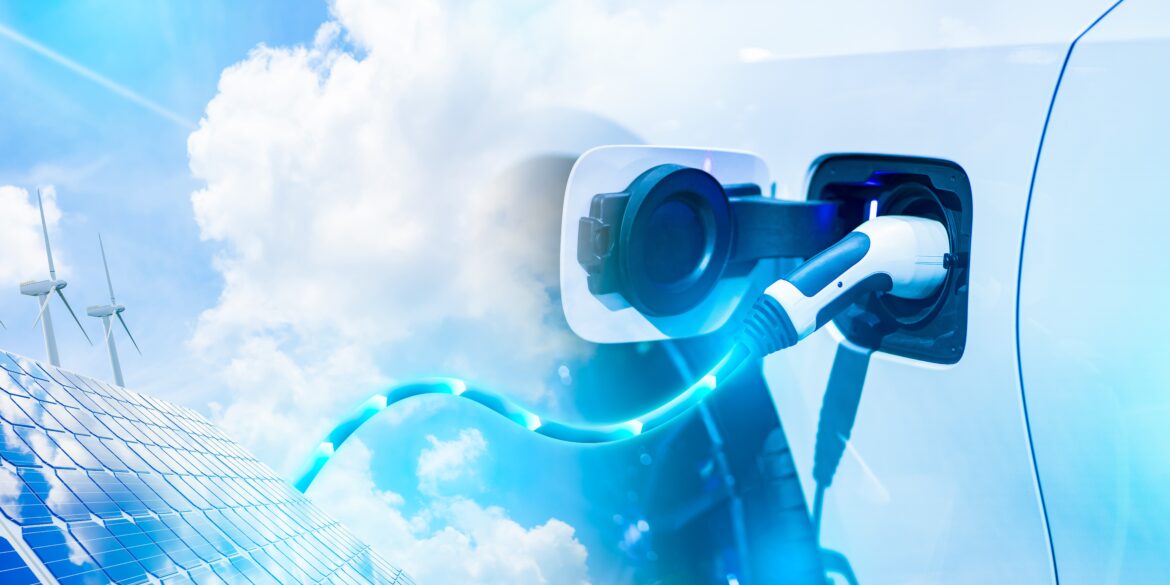The topic of accelerating vehicle-to-everything (V2X), which includes vehicle-to-grid (V2G) and vehicle-to-home (V2H) bidirectional charging systems, has broken out of EV conferences into the real world.
Bidirectional charging systems “can discharge from the electric vehicle (EV) battery to serve a customer’s onsite load or export to the grid while providing for mobility needs”, (VGIC) allowing for energy to flow in both directions between the EV battery and the home (V2H) or electric grid (V2G).
For the home scenario, installation is akin to the process for backup generators, while the grid scenario may require a different utility approval process from traditional EV chargers. In fact, as some electric utilities and installers are discovering, the interconnection pathway for these exporting chargers is very similar, if not identical, to the process for Distributed Generation (DG) or Energy Storage systems.
We invite you to delve into more detailed and actionable utility best practices for V2G interconnection in the new Energy Central featured article, Accelerating V2X technologies: Best practices and insights for utilities managing bidirectional charger interconnection, authored by our very own Andrew Price—Senior Business Development Manager at Clean Power Research. Andrew is an expert on EVSE interconnection who was also actively involved in several of the world’s first V2X pilot projects during his time as Section Manager of EVs and Energy Services at Nissan’s European Headquarters.
Within this article, you’ll find insights from ICF’s VP of Transportation Electrification, Fermata Energy’s Director of Grid Solutions, and Smart Electric Power Alliance (SEPA)’s Senior Director of Electrification.
Forward-thinking utilities and energy agencies are accelerating V2X programs with their customers and improving grid resiliency with bidirectional chargers. Ensuring an intuitive V2G interconnection application process and streamlining the associated workflows are key to accelerating the deployment of these emerging technologies.
